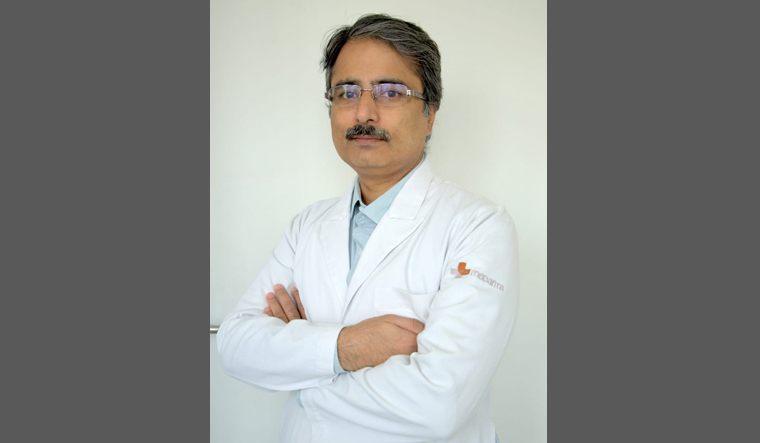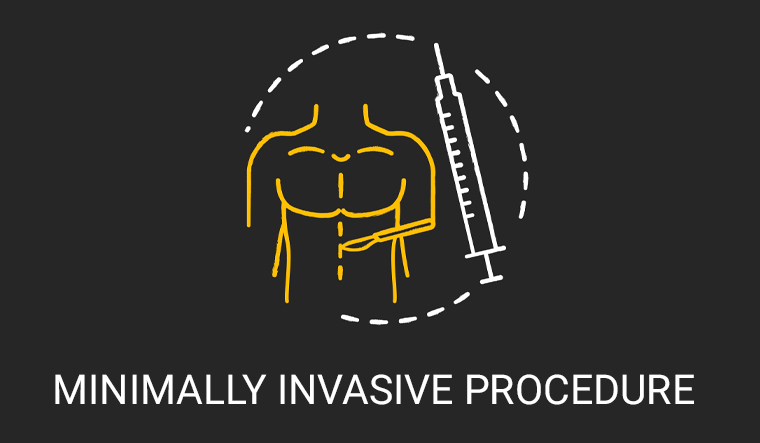World Heart Day on September 29th raises awareness about cardiovascular diseases and promotes heart-healthy lifestyles.
Dr. Rajneesh Kapoor, Chairman of Intervention Cardiology at Medanta, Gurugram, discusses the benefits of minimally invasive procedures for heart blockages, including laser therapy. He also highlights India's contributions and challenges in adopting these techniques.
How have minimally invasive procedures, such as laser therapy, evolved in recent years for treating heart blockages, and what benefits do they offer compared to traditional approaches?
Traditional therapies have been in use for many years, involving the insertion of a wire into the coronary arteries, followed by stent placement and balloon angioplasty. However, recent advancements in cardiac interventions, such as laser therapy, intravascular lithotripsy (IVL), and coronary imaging, have significantly improved outcomes. Coronary imaging, utilizing devices like intravascular ultrasound (IVUS) or optical coherence tomography (OCT), enables direct visualization of coronary arteries and assessment of calcium deposits. Approximately 30-40% of patients with coronary blockages also have calcium deposits that can impede stent placement. Coronary imaging provides detailed information on vessel size, blockage length, and calcium levels, guiding treatment decisions. In cases with substantial calcium deposits, lithotripsy devices like intravascular lithotripsy are employed to break down the calcium, rendering the vessel more suitable for stent placement. Laser therapy is another technique that utilizes specific wavelengths to soften or vaporize material within the coronary arteries, enhancing the suitability of the vessel for stent placement. These minimally invasive procedures have advanced the field of cardiac interventions, offering improved results in a safe and patient-friendly manner.
 Dr. Rajneesh Kapoor, Chairman-Intervention Cardiology, Heart Institute, Medanta, Gurugram
Dr. Rajneesh Kapoor, Chairman-Intervention Cardiology, Heart Institute, Medanta, Gurugram
What age groups respond best to minimally invasive procedures. How how do co-morbidities factor in?
Minimally invasive procedures are typically indicated for patients with severely calcified blockages or total occlusions, especially those with long-standing and hostile blockages. Older individuals, especially diabetic, smoking, and hypertensive patients, are more likely to develop such challenging blockages. These procedures are particularly valuable for these patients, as they provide effective solutions for complex blockages.
Could you highlight some of the key advancements in the treatment of heart blockages through minimally invasive procedures, especially in the context of India's healthcare system?
In India, there have been significant advancements in the treatment of heart blockages through minimally invasive procedures. The introduction of coronary imaging using devices like intravascular ultrasound and OCT has allowed for a more comprehensive assessment of coronary arteries, even in smaller cities. Additionally, the use of adjunctive devices like lithotripsy and laser therapy has improved outcomes in cases of heavily calcified blockages and total occlusions.
What are the specific challenges and opportunities that India faces in adopting and advancing minimally invasive techniques for heart blockage removal?
One of the main challenges in India is the limited insurance coverage, with only 20% of the population having access to insurance. This financial barrier often prevents patients from undergoing advanced minimally invasive procedures, which can be costly. While the government has introduced initiatives like Ayushman Bharat, these programs primarily cover conventional procedures and not the more advanced ones. In contrast to the United States, where most elderly aortic stenosis patients opt for transcatheter aortic valve replacement (TAVR), the cost of this procedure in India remains high, making it inaccessible to many who could benefit from it. Financial constraints often prevent patients from receiving the treatments they need.

Can you explain how laser therapy is being used to target and remove heart blockages, and what are the success rates and recovery times associated with this procedure?
Laser therapy is not a standalone treatment for heart blockages but is used as an adjunct to coronary stenting procedures. It is specifically employed in cases where the coronary artery's condition is unfavourable for stent placement. This includes scenarios like total occlusions, heavily calcified blockages, or blockages within previously placed stents. Laser therapy softens or vaporizes material within the coronary arteries, preparing the vessel bed for stent placement. However, laser therapy is not suitable for all patients and is used selectively.
From a global perspective, how is India contributing to research, innovation, or the adoption of minimally invasive procedures in cardiology, particularly for treating heart blockages?
While India has made significant progress in adopting and performing minimally invasive procedures, it tends to lag in terms of research and innovation. Most of the newer procedures are developed in countries like the United States and then adopted in India. There is a lack of robust research infrastructure and incentives for medical professionals to engage in research. As a result, India follows the innovations made elsewhere and quickly implements them but doesn't often contribute significantly to the initial research and development of these procedures. To promote innovation, there is a need for greater investment in research and the establishment of research departments in both government and private healthcare institutions. Encouraging medical professionals to pursue research as a career and providing the necessary infrastructure could help bridge this gap.



